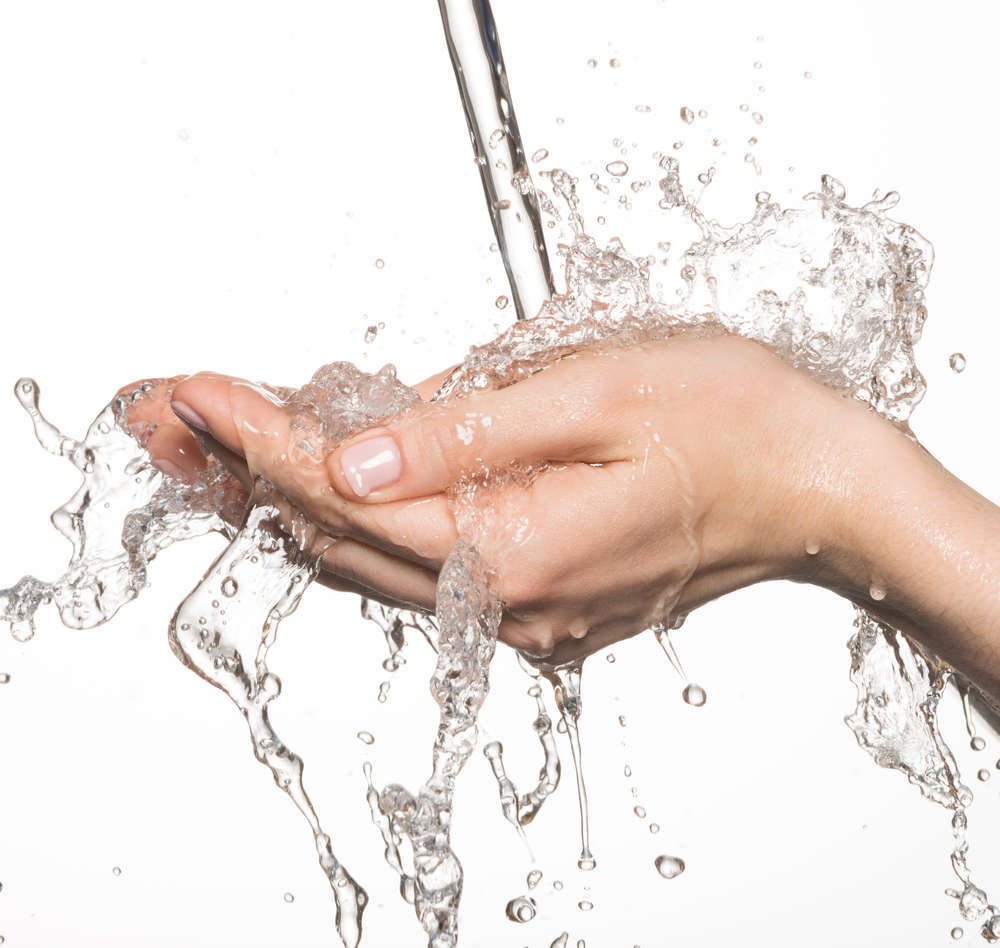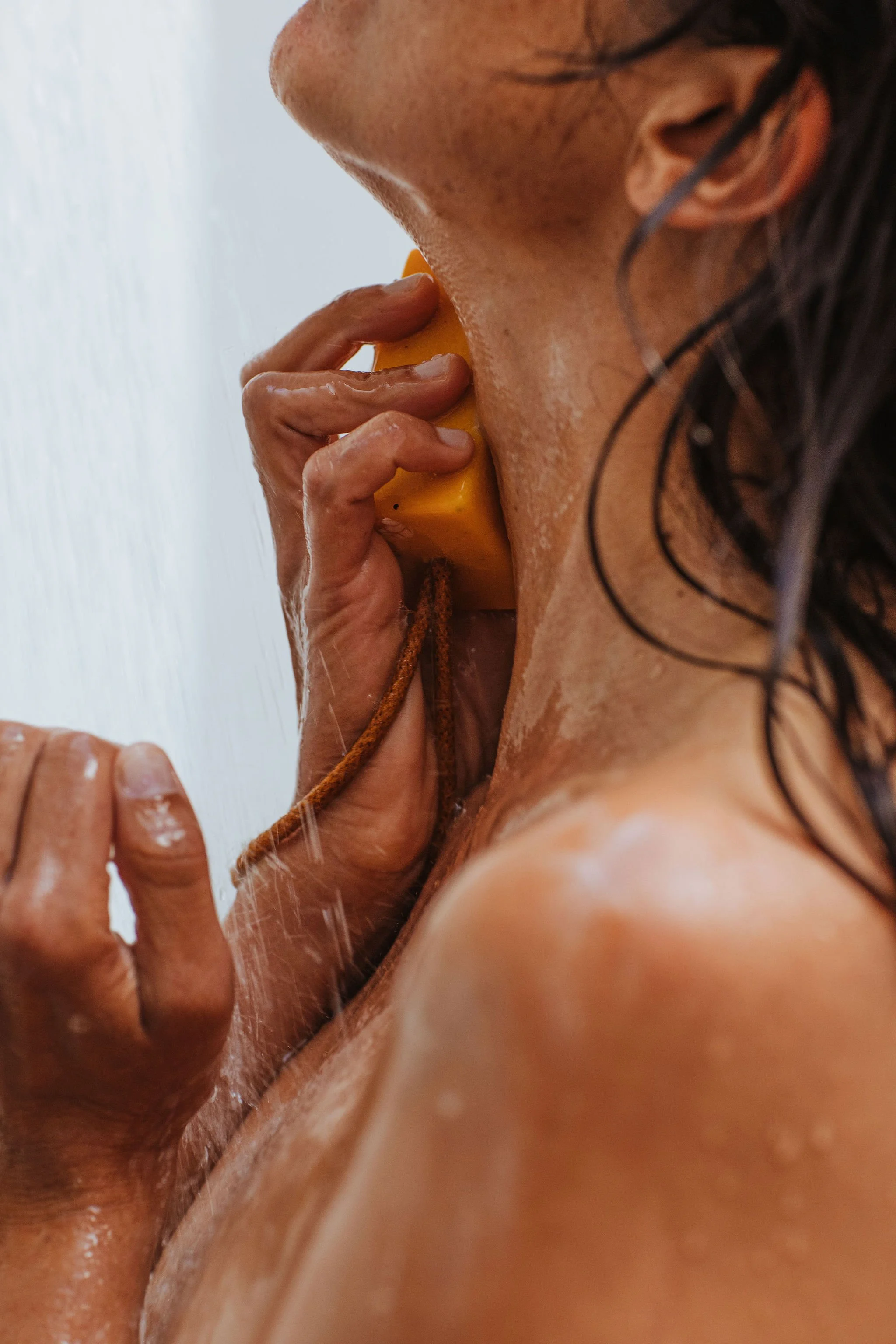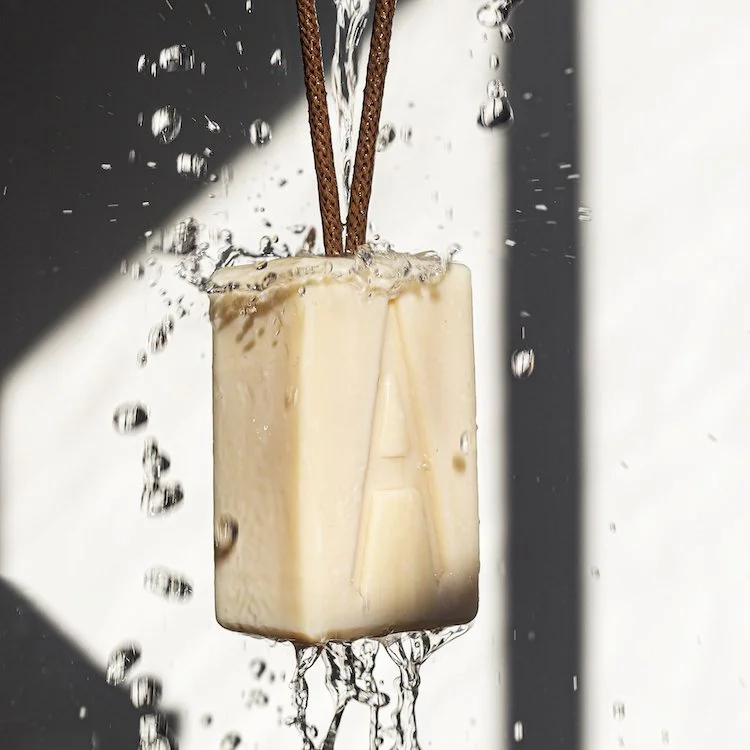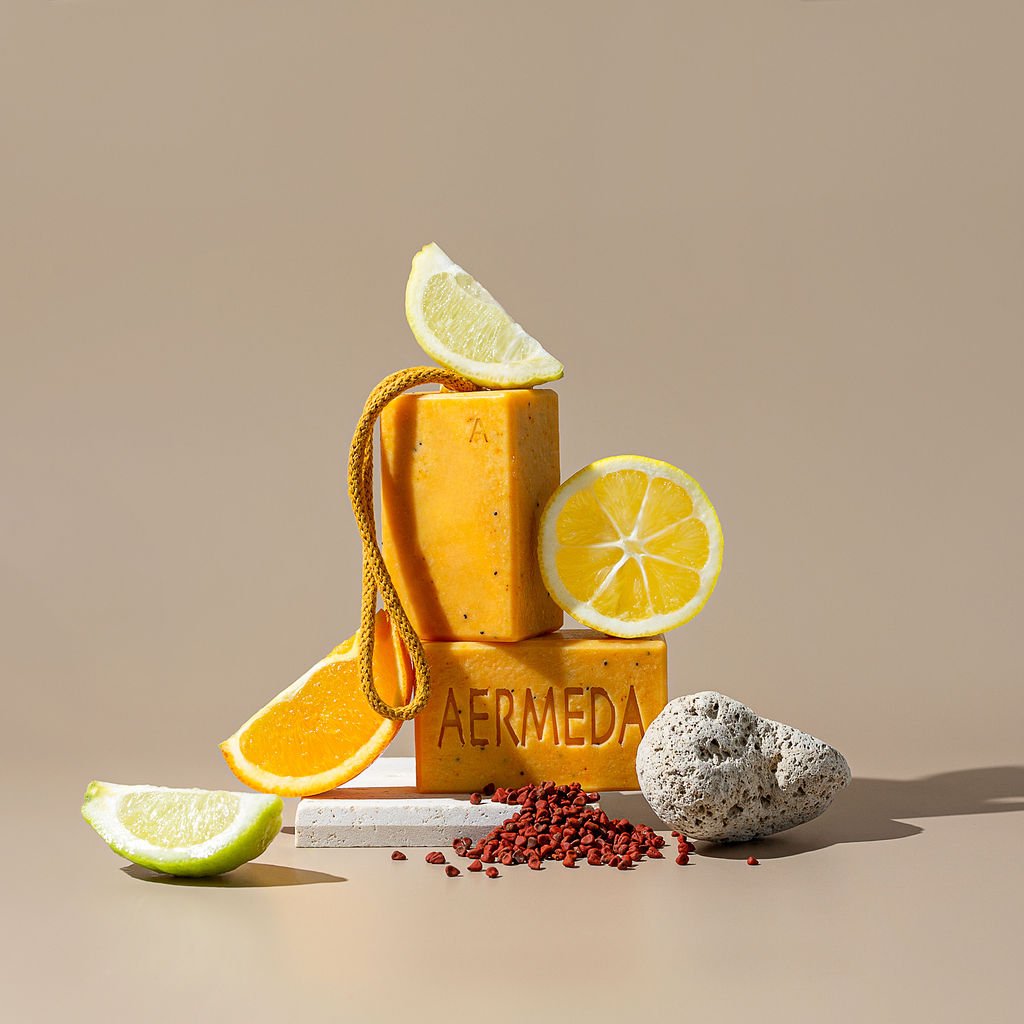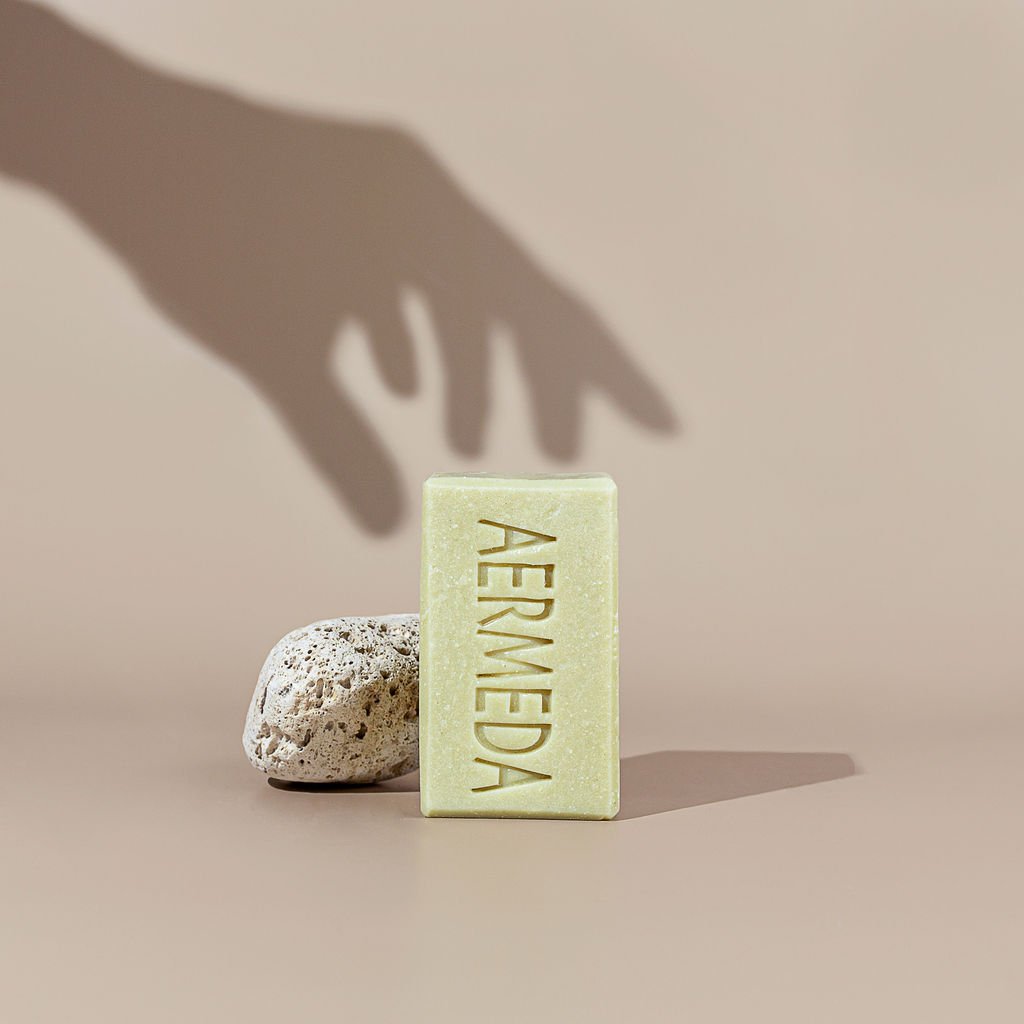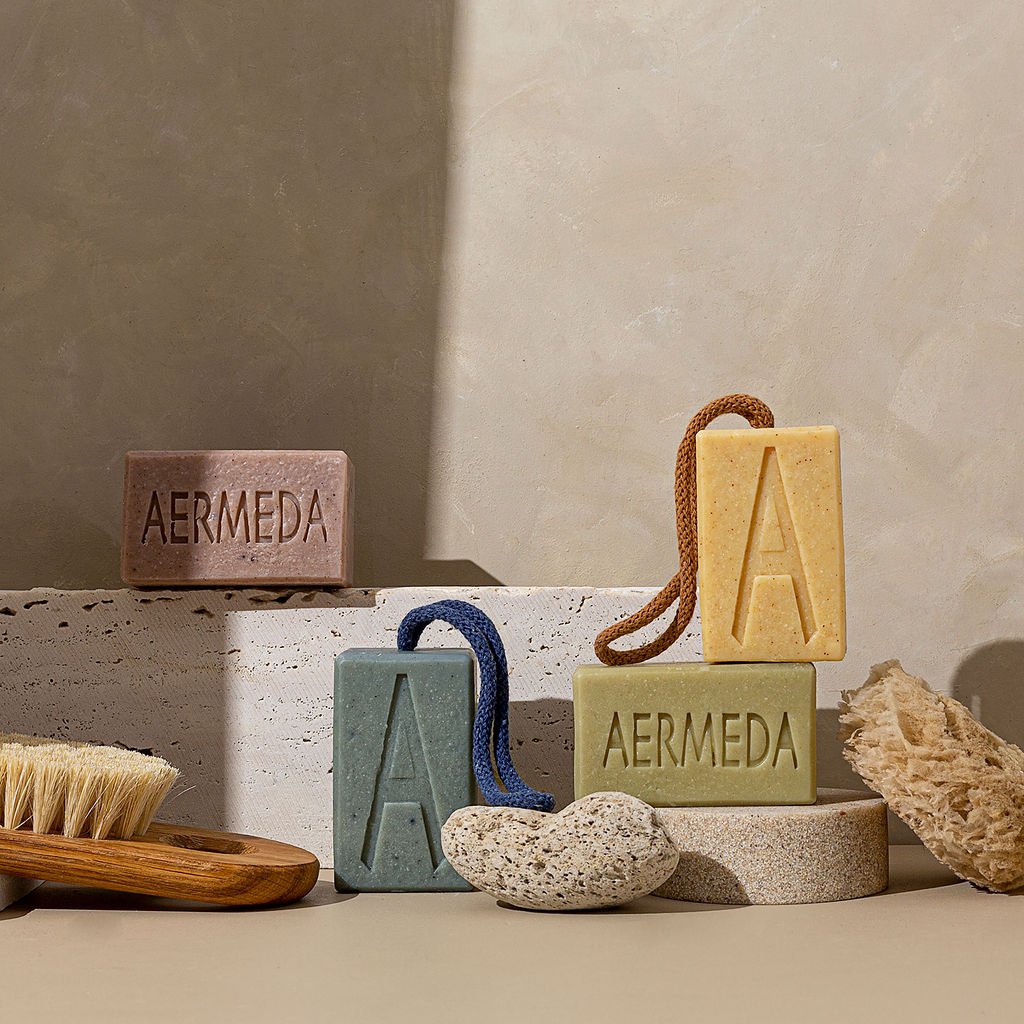Glycerin in handcrafted soap
To many consumers, bar soap is associated with dry skin. Understandable when commercially produced ‘soap’ are basically synthetic detergents made from a plethora of chemical ingredients that are of little benefit to our skin! They cannot be compared with natural soap bars – artisan bar soaps can be highly moisturizing and changing the way people think about real soap.
When formulating a soap, an artisan considers the final bar soap properties required. The formulation of fatty acids and their oils is what determines the balance of hardness, lather quality, conditioning and moisturizing. Different oils make different contributions. Some contribute to hardness and durability, some to a fluffy, stable lather, and others to a bar’s moisturizing ability.
Why is glycerin a good ingredient to have in soap?
One of the amazing by-products of the cold process method of soapmaking is glycerin (also known as glycerine or glycerol). In its purest form, glycerin is a thick, gelatinous, odourless liquid which dissolves completely in water and has very low toxicity levels. It is a humectant – it works to retain and attract moisture. In other words, glycerin helps to ensure that your skin will maintain its own moisture in order to protect it from damage caused by dryness. Instead of creating a barrier, humectants such as glycerin still allow your skin to breathe.
Soap science summary
Glycerin is a natural product of saponification (the process of soap making and in basic terms is mixing oils, fats and butters with a lye solution). The lye (not present in the final bar), comprising a sodium molecule, a hydrogen molecule, and an oxygen molecule, gets disassembled and rearranged in cold-process soap making into salts (soap) molecules and glycerin - glycerin settles in between soap molecules in the form of a thick, clear fluid.
The soap molecules work by sticking their little tails into grease and dirt, and then letting themselves get rinsed down the drain with the water. The glycerin molecules don’t rinse away as much, and work to attract water to your skin.
This highly prized result of soapmaking is left completely intact in Aermeda soaps, so that you and your skin can reap all of glycerin’s moisturising glory.
Another reason commercial soap can be drying, is the lack of natural glycerin. Commercial ‘soap’ producers often strip their bars of all the glycerin and, either sell it to cosmetic formulators or, create lotions and moisturizers. The cynic in me would suggest - if washing and rinsing with their soap dries you out, then you will be more likely to purchase the lotions they sell as well!
Soap handmade in small batches is rich in naturally-occurring glycerin. Glycerin can also be derived from vegetable sources, manufactured in a lab, or produced from tallow (rendered animal fat), so always be aware of the origin of the glycerin in skincare products. Often, manufactured soap will have glycerin added but not disclose its source - whether it's derived from vegetables, animals, or made in a laboratory.
Glycerin is one of the reasons why our soap is so moisturising and leaves your skin feeling so soft and smooth. And that's why you'll feel a big difference in your skin after using natural hand made soap.
